by Kevin
1 shares
(Updated on August 17, 2021)
Wheel alignments are important to get done periodically on your vehicle. A proper wheel alignment is when the angles of your tires are adjusted so that they’re parallel with each other. As a result, this will increase the longevity of your tires and ensure that they perform well on the road.
After you get the wheel alignment done, you’ll notice the results right away while driving because the steering will feel easier as the car tracks straight and the response time will be faster. With a bad alignment, your car will always veer towards one side of the road with your hands off the steering wheel.
If you neglect to get wheel alignments done, then the tread on your tires will wear out faster. Then you’ll have to purchase new tires a lot sooner than you would have if you had gotten regular alignments done.
Wheel balancing is another important service that should always be done when new tires are mounted on rims. Fortunately, the cost of both of these services isn’t typically very high and will actually save you money in the long run.
Wheel alignments are not terribly expensive. Typically, the prices will vary slightly based on the make and model of your car and the price charged by the shop or dealership.
The average wheel alignment should cost you anywhere between $100 and $200 for all four wheels. If you are just getting the two front wheels aligned then that will cost you on average between $50 and $100.
Some tire shops will offer an extended warranty plan for another $100 but you don’t have to get this done. Overall, the costs aren’t too bad and most people should be able to afford it. But if you keep putting off getting an alignment done and you end up ruining your tires due to uneven wear, then you’ll have to purchase new tires at an average cost of $100 per tire.
Related:
It is very easy to tell when you need to get a wheel alignment done. For starters, your car will start to vibrate when you drive. It will also have a tendency to pull either left or right while driving. A great way to test this out is when you’re driving on a straight, even road with no traffic.
While driving, slowly take your hands off the steering wheel and see if your car continues going straight in your lane on the road. If the steering wheel becomes slightly crooked and your vehicle starts veering toward one side, then you most certainly need a wheel alignment.
In severe cases, your tires may actually squeal while you are driving straight down the road. Don’t take any chances when you start experiencing symptoms of poor alignment. Go to a local tire shop or auto repair shop and have the wheel alignment done at the earliest time possible.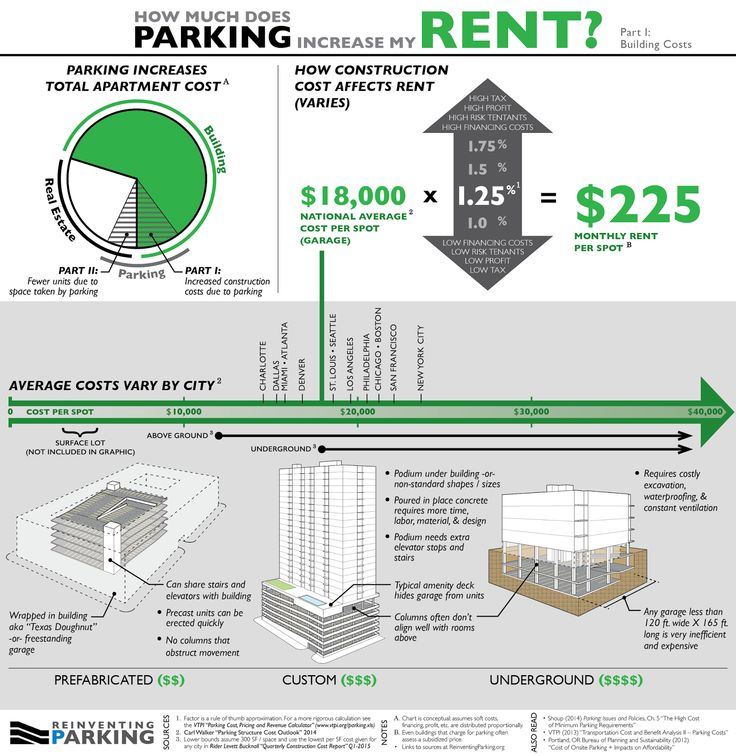
This is also one of those times when spending a bit more at your local car dealership’s service center isn’t such a bad idea. They’ll know the proper angles of your specific vehicle better than any other general service shop.
See Also: How Long Can You Drive on a Spare Tire?
Wheel balancing is an important maintenance service to have done on your tires. It is similar to wheel alignment but there is a slight difference.
When your tires or rims have imperfections or damage to them, it causes those particular tires to become out of balance. This could be due to one rim or tire being just a bit heavier than the others because of these imperfections. This will result in slight vibrations or even a tire wobbling or hopping while you drive the vehicle.
In this case, you will need your wheels balanced in order to correct these imperfections and ensure that all of your tires and rims have equal weight. If you fail to have a wheel balance done then it will ultimately damage your shocks, bearings and wheel assembly.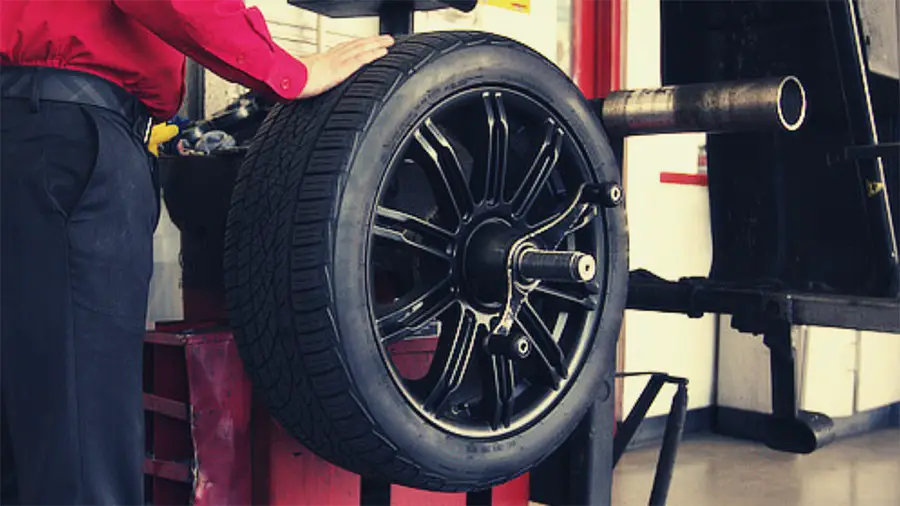
There really is no excuse for not getting a wheel balance service done when necessary. The average cost of a wheel balance service is only about $10-$15 per wheel. This comes out to $40-$60 total to balance all four wheels/tires.
The costs may fluctuate slightly based on where you go to get the wheel balance done whether it’s a tire shop, alignment shop, general auto repair shop, or dealership. The most it should cost you is $80 which is still a decent price when you consider how valuable this service is.
Related: How Often Should You Rotate and Balance Your Tires?
The price of this service is based mainly on the labor rate of the shop. Other than the small, stick on weights, there are no auto parts needed in order to perform this service. Of course, the shop you go to may try to pressure you into getting a tire rotation and alignment done in addition to this service.
If these services are within your budget then you should get them done. If not, just worry about the wheel balance costs.
Often, when you purchase new tires at somewhere like Discount Tire or Les Schwab, they will perform a wheel balance free of charge. If they don’t, ask for it as they will usually give it to you for free if it means you buy new tires.
Balancing your wheels will almost always be under $100 which makes it one of the cheapest maintenance services you can ever get done for your car. It’s best done when you have new tires installed and then you don’t have to worry about it again.
Ask a question, get an answer ASAP!
by Mark Stevens
Last Updated on May 27, 2021
Wheel balancing is a very important procedure that prevents the wheels and tires on your car from vibrating while spinning on the road.
Getting a perfect balance calls for the checking of any heavy spots at the point where the wheels and tires meet. After identifying such spots, the mechanics can compensate for it by engaging a good-sized lead weight on the reverse end of the wheel having the heavy spot.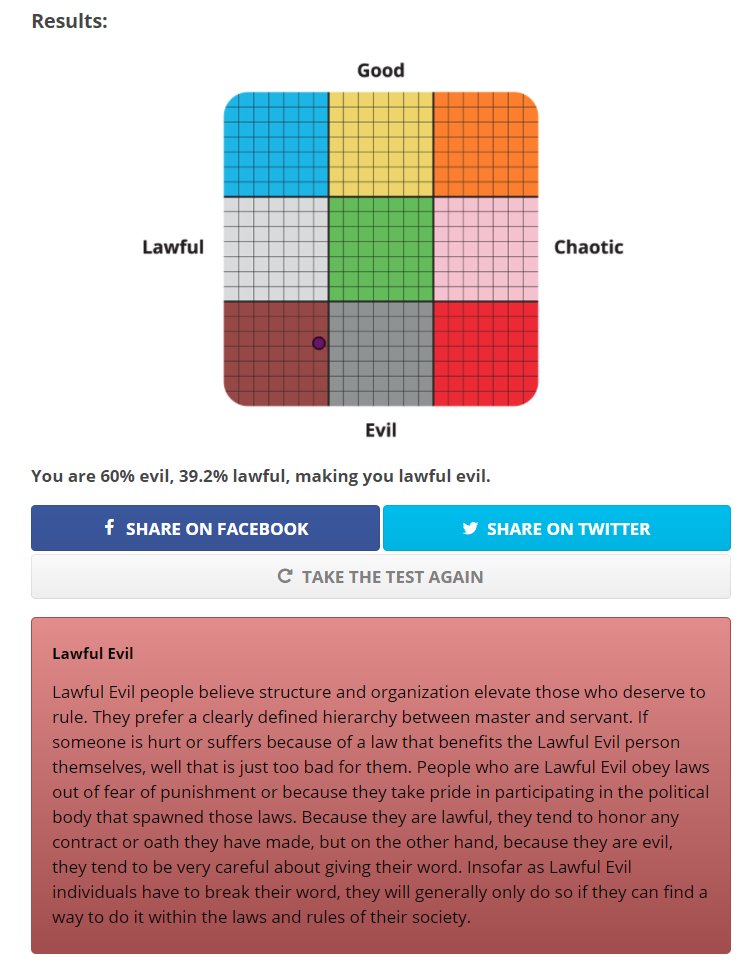
Need help with a car problem RIGHT NOW?
Click Here to chat online with a verified mechanic who will answer your questions.
Table of Contents
Your vehicle needs rebalancing every time you replace your tires and have them installed on your wheels. In addition, wheel balancing is needed if you change wheels such as when upgrading stock wheels to aftermarket wheels.
If you ever feel your steering wheel shake abnormally while driving, you’ll also want to have your wheels rebalanced. One of the weights may have fallen off the wheel or it could be another problem entirely but wheel balancing never hurts even if it’s just used for diagnostics.
A wheel-balancing machine simply spins the wheel for about 10-15 seconds to determine if the wheel has the right balance as it rotates. As such, the mechanic can easily identify the right spots to place the weights, which guarantees an evenly rotating wheel on the road.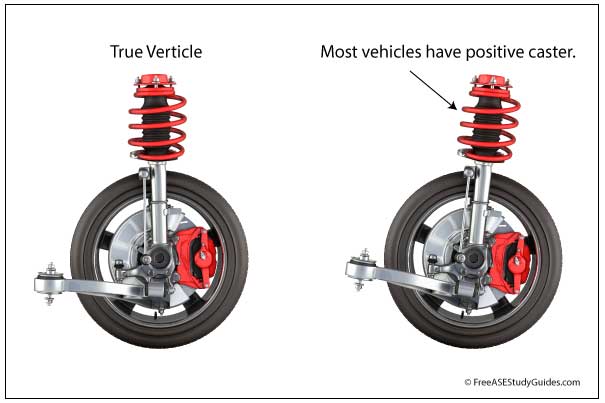
Symptoms of unbalanced tires include: uneven tire wear, steering wheel vibrations, poor gas mileage, and other things that may cause extra wear and tear on your vehicle. Along with wheel alignments, wheel balancing is necessary maintenance. If you have a bad wheel alignment, the symptoms may be similar.
The average wheel balancing cost ranges between $30 and $100 for all the four wheels of your car. However, it can cost you approximately $10 to $15 per wheel as dictated by your vehicle’s make and model as well as the rates offered by the service provider.
It is worth noting that wheel-balancing services typically have higher costs at car dealers compared to tire shops (Discount Tire, Le Schwab, etc.), Costco, alignment shops, or independent auto repair shops. For instance, you can have your four wheels balanced at a typical tire shop chain for about $15 per wheel. On the other hand, a car dealership may charge you $20 to $25 per wheel depending on make and model.
On the other hand, a car dealership may charge you $20 to $25 per wheel depending on make and model.
A thoroughly complete wheel balancing takes account of tire mounting and tire rotation. Tire mounting is the process of placing the tire on the wheel while tire rotation involves changing the specific locations of individual tires on the vehicle.
Doing this ensures that tires wear down evenly because front tires erode faster than rear tires and such a process can incur an average cost of approximately $3 to $12 per wheel.
For instance, for the four wheels, several automotive repair shops charge an average of $40 for balancing, $20 for mounting and $12 for rotation. Alternatively, they charge an average of $48 for a complete tire installation package including wheel rotation, mounting, balancing and installing a new valve stem for the four wheels.
Occasionally, various tire repair shops as well as dealership service departments run promotional deals and provide discount coupons to car owners.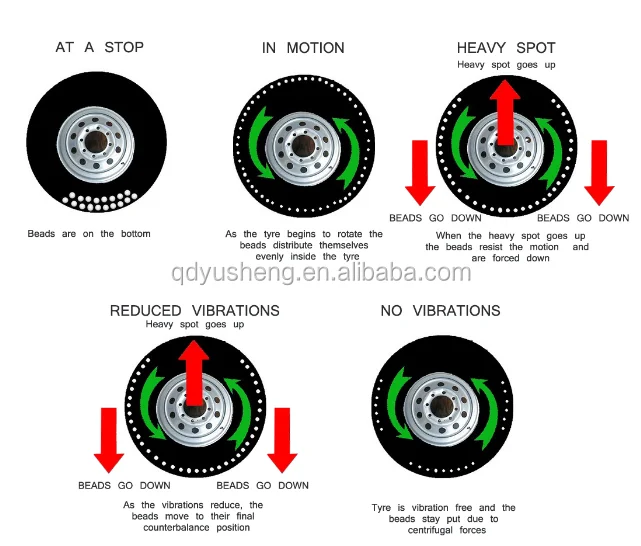 You should take advantage of these offers to help you save a significant amount of money on car maintenance.
You should take advantage of these offers to help you save a significant amount of money on car maintenance.
It’s advisable to stick to one or two shops to service your car as most of them usually give coupons periodically to their loyal customers. Furthermore, some tire stores and auto repair shops try to attract new customers by giving them discount coupons on sign up. You can use such offers to cut down the expenses on car maintenance including wheel balancing.
Related: Average Wheel Alignment Cost
Anytime you experience an irregular vibration through your car’s steering wheel irrespective of the speed at which you are driving at, wheel balancing is often the cure for everything to return to normal. Precisely, the unevenly balanced mass in the tire results in constant vibrations and transfers to the steering wheel through the suspension system. This sensation is known as steering shake.
Read also: Average Shock and Strut Replacement Cost
Categories Tires & Wheels Tags balanceAsk a question, get an answer ASAP!
LADA
UAZ
KIA
Hyundai
Renault
Toyota
Volkswagen
Skoda
BMC
BMAN
BMARS
BMAN
Mitsubishi
Mazda
Ford
All brands
Related materials
Seasonal tire change: everything car owners need to know
To begin with, a small educational program.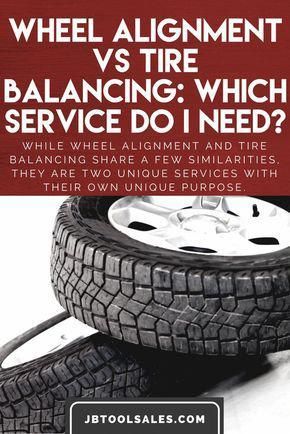 Balancing is the alignment of the center of mass of the wheel with the axis of rotation. In this case, the loads are fixed opposite the heavy part of the wheel. This is the definition of static balancing. And since the wheel is not a thin disk, but rather a wide roller, the so-called dynamic balancing is necessary, when loads are placed both on the outer and on the inner parts of the wheel disk. Naturally, the wheels need to be balanced immediately after mounting the tire on the rim: after all, the imbalance can reach 50–60 g on each side. If it turns out more, then it makes sense to "twist" the tire relative to the disk, ensuring their mutual rotation by 180 degrees. With this initial balancing, tire workers provide an imbalance of less than 5 g per side. It is believed that a new tire is capable of slightly changing its position on the disk in the first kilometers, and therefore the balancing will go away a little.
Balancing is the alignment of the center of mass of the wheel with the axis of rotation. In this case, the loads are fixed opposite the heavy part of the wheel. This is the definition of static balancing. And since the wheel is not a thin disk, but rather a wide roller, the so-called dynamic balancing is necessary, when loads are placed both on the outer and on the inner parts of the wheel disk. Naturally, the wheels need to be balanced immediately after mounting the tire on the rim: after all, the imbalance can reach 50–60 g on each side. If it turns out more, then it makes sense to "twist" the tire relative to the disk, ensuring their mutual rotation by 180 degrees. With this initial balancing, tire workers provide an imbalance of less than 5 g per side. It is believed that a new tire is capable of slightly changing its position on the disk in the first kilometers, and therefore the balancing will go away a little.
Now let's turn directly to our topic. If you alternately install either winter or summer tires on the same wheels, then you cannot avoid balancing. There is nothing to argue about here. The question of balancing every season arises only for those car owners who have two complete sets of wheels: summer and winter.
There is nothing to argue about here. The question of balancing every season arises only for those car owners who have two complete sets of wheels: summer and winter.
Related materials
Routine work that everyone ignores (and in vain!)
So, should the wheels be balanced at every seasonal change?
If you approach the process formally, then you should remember the instructions for the car. It is usually recommended to balance the wheels after a run of 10,000 to 15,000 km. If you drive less in one season, then you definitely shouldn’t balance, except for the cases specified below.
But this is in theory, but in practice I advise you to monitor the behavior of the car. If there is no noticeable beating of the steering wheel, then balancing is not needed. The beating of the rear wheels is felt less, but they usually suffer less often. In any case, you should feel a strong imbalance.
If you change your own wheels twice a year, the following recommendation applies. Put the wheels on and ride for a couple of days. During this time, the tire will get rid of the deformations that occurred during storage. If there are no vibrations at any speed with which you drive, balancing can not be carried out.
Put the wheels on and ride for a couple of days. During this time, the tire will get rid of the deformations that occurred during storage. If there are no vibrations at any speed with which you drive, balancing can not be carried out.
Related materials
10 procedures without which it is better not to drive
Balancing is required in the following cases:
Photo: depositphotos.com
Our new video
Peugeot from Iran: to take or not? Video
4 cool features of Moskvich 3: blitz test of the first serial crossover
Geely Tugella: just look!
Did you like the note? Subscribe and you will always be in the know!
Driving on Yandex. Zen
Zen
Camber is the angle of inclination of the suspension element relative to the road, to determine it, you just need to look at the car, standing in front of the hood. If the outer sides of the tires appear to the driver to be directed inward ("inverted trapezoid"), then the camber is negative. And if they are directed outward (similar to a "house"), then it is positive.
Many novice car enthusiasts often wonder if wheel balancing affects wheel alignment, and how these 2 concepts generally correlate. The first definition is related to the process of reducing the imbalance between the suspension elements, and the second - to the angles of their installation.
Balancing is a technical process in which the imbalance between suspension elements (hubs, discs, etc.) is reduced. The procedure is important, as it reduces the likelihood of vibration. When mechanics try to balance a suspension in a car service, they tend to distribute the mass of all its constituent elements relative to their axis of rotation.
When mechanics try to balance a suspension in a car service, they tend to distribute the mass of all its constituent elements relative to their axis of rotation.
The well-known concept of "alignment" is simply the angles of the car's wheels. For a complete understanding, the term should be divided into 2 sub-terms.
What is wheel balancing
Camber is the angle of the suspension element relative to the road, you just need to look at the car, standing in front of the hood, to determine it. If the outer sides of the tires appear to the driver to be directed inward ("inverted trapezoid"), then the camber is negative. And if they are directed outward (similar to a "house"), then it is positive.
Discrepancy - the angle between the axis of rotation of the wheels and the direction of movement of the vehicle. If the driver looks at the car from above and sees the tires, as if trying to intersect with their planes and reach the headlights, then the discrepancy is positive. If they strive in the opposite direction (towards the trunk) to do the same, then it is negative.
If they strive in the opposite direction (towards the trunk) to do the same, then it is negative.
Thus, wheel balancing and wheel alignment are not the same thing. The 1st term refers to the uniform distribution of the mass of the suspension element relative to its center, and the 2nd simply states the angles of its installation.
The correct position of the chassis provides comfort to the car owner during trips. An unbalanced and improperly positioned suspension results in unwanted vibration, which not only causes discomfort to the driver, but also accelerates the wear of rims and tires. All this together can lead to an accident.
Correct setting of angles and timely balancing will lead to:
That is why the driver needs to pay more attention to the location of the wheels and monitor their balance after each manipulation associated with them (for example, re-beading or installing new tires).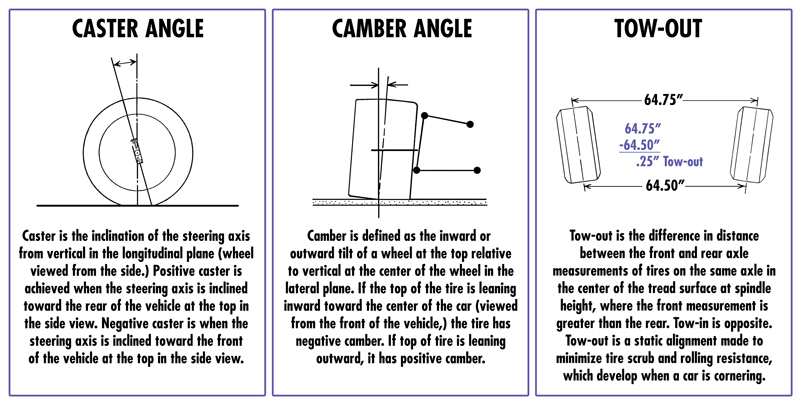
In car services, workers usually recommend adjusting the wheel alignment every 10-15 thousand kilometers, taking into account Russian roads. However, an unscheduled inspection may be required, during which a special procedure will be carried out. It can be done at any tire shop.
The car is installed on a special stand, where mechanics measure the angles of the wheels. After that, the driver receives a document containing the results of the check. The values are compared with those recommended by the manufacturer.
Alignment diagram
Important: at this moment, the car must have a motorist's kit, a spare wheel, a full tank and inflated tires for the correct weight of the vehicle. Before starting the procedure, the mechanic checks these aspects, also performing a general suspension diagnosis to identify more serious violations and balancing the wheels, as it affects the alignment.
If the measurements do not correspond to the norm, and some values \u200b\u200bgo beyond the permissible range, then they are adjusted using special units provided for by the suspension design. After successful completion of all manipulations, the machine will be ready for operation again.
Not all motorists are aware of the signs of incorrect alignment. Among them, the following can be distinguished:
All of the above symptoms indicate that the tire alignment is incorrect. In this case, you should contact the nearest service station to avoid unpleasant consequences.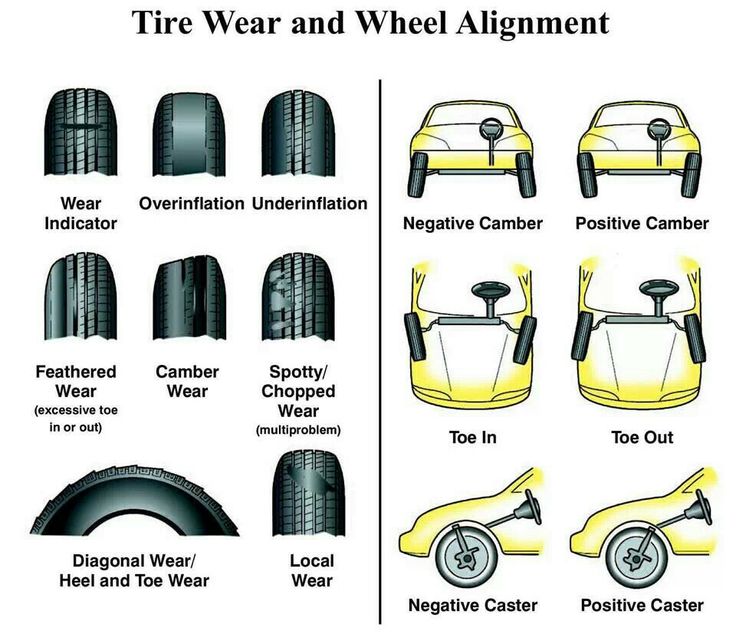
Any manipulation of the suspension can lead to a change in the angles of its elements or to their imbalance. Therefore, any motorist should realize that you need to regularly balance the wheels after wheel alignment.
Out-of-alignment wheels can lead to uneven tire wear and, consequently, unbalanced suspension components. In this case, you will have to contact the service station, where mechanics, using balancing stands on which the wheels are located, will evenly distribute their mass.
When camber is required
Alignment will set the correct angles, but will not solve the problem of worn tires and chassis imbalance. Other suspension elements may also be out of balance. In this case, you still have to carry out balancing, which also affects the wheel alignment, in order to evenly distribute the mass of the wheels relative to their center.
See also: Repair of electric steering racks, replacement of motor and sensor
If there are problems with setting the corners of the tires, then a procedure will be required to evenly distribute their weight.